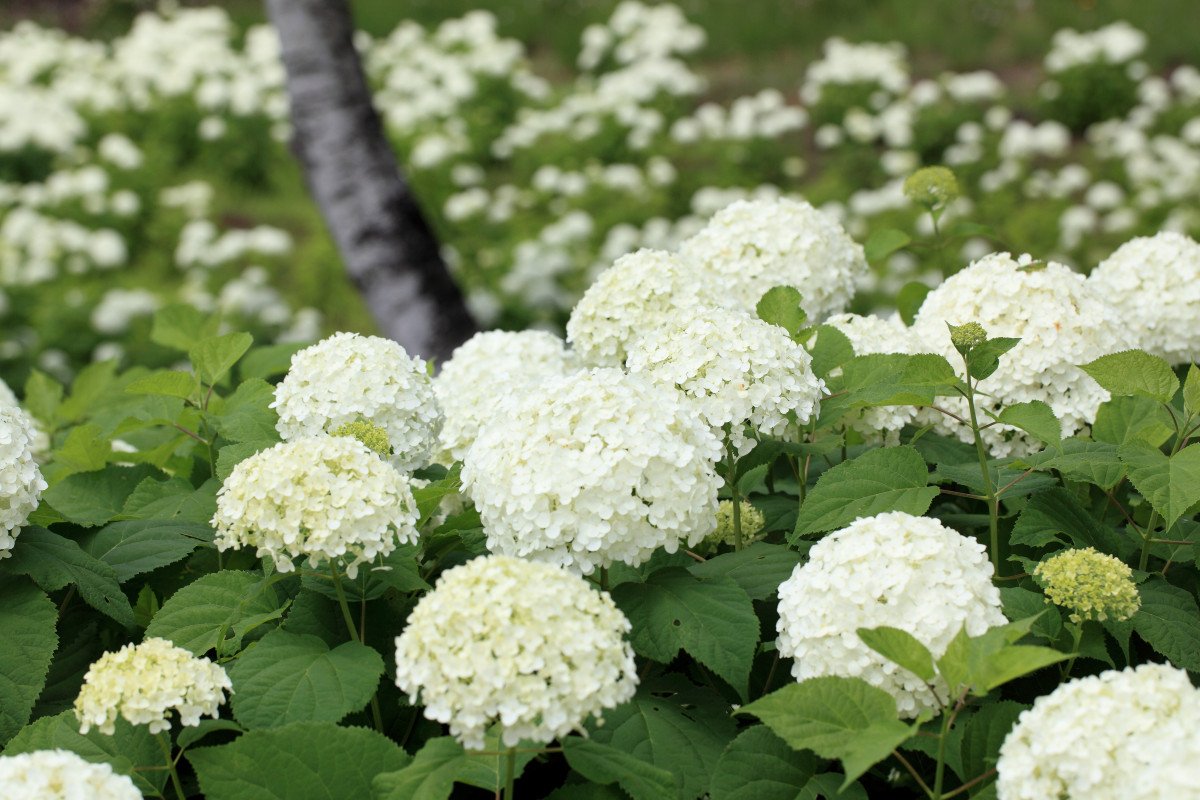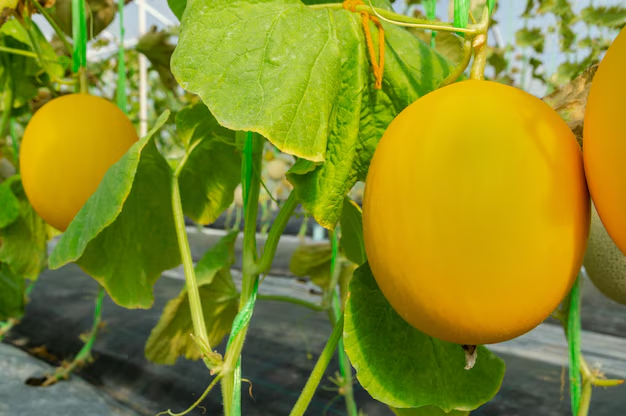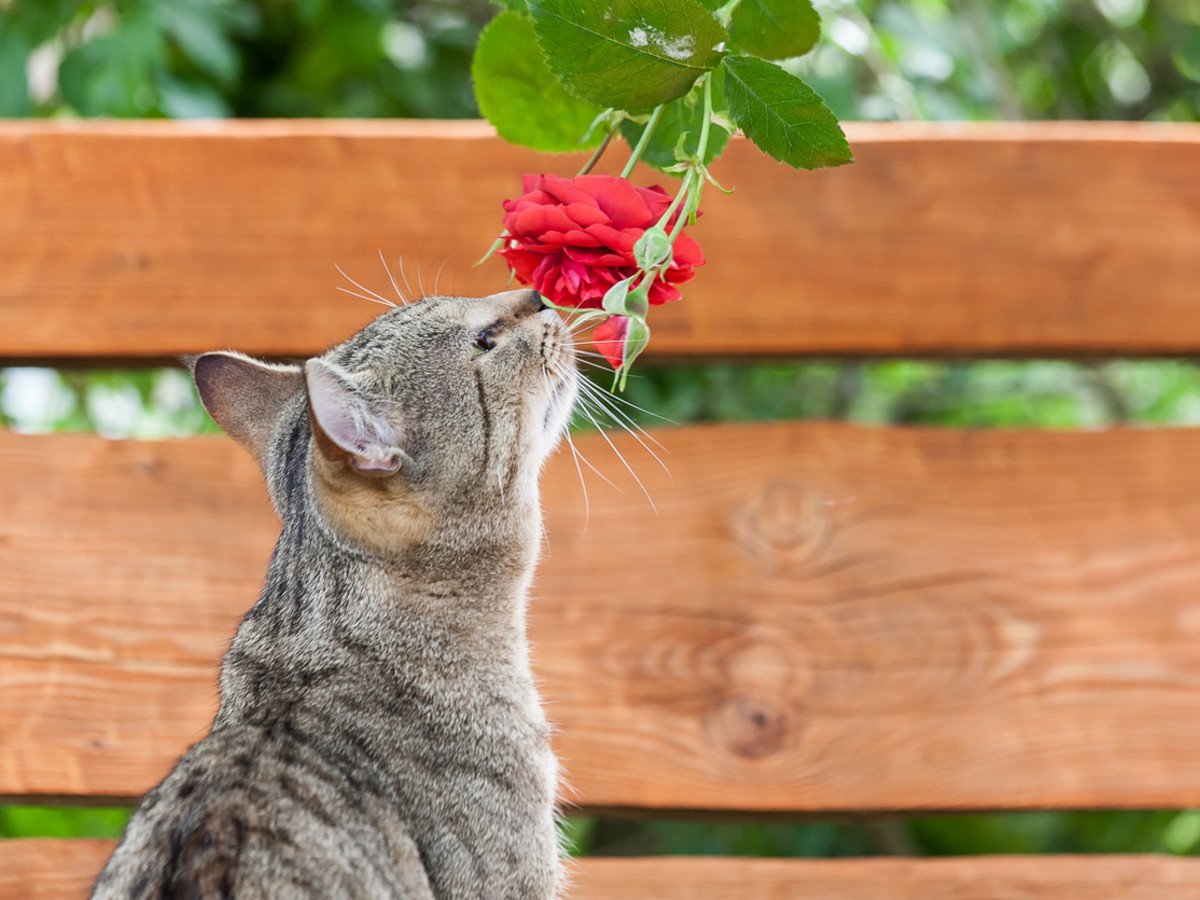If you are searching for a garden shrub that truly does it all, look no further than the viburnum. A favorite among gardeners and landscapers for generations, viburnums offer an incredible amount of versatility, beauty, and resilience. Whether you need a focal point, a privacy screen, or a wildlife haven, there is almost certainly a viburnum variety that is perfect for your space.
This comprehensive guide will walk you through everything you need to know about these garden workhorses. We will explore the different types of viburnums, how to plant and care for them, and why they deserve a prime spot in your landscape.
What Exactly is a Viburnum?
Viburnum is a genus of flowering shrubs and small trees that includes over 150 different species. They are part of the Adoxaceae family and are native to many parts of the world, including North America, Europe, and Asia. This wide-ranging natural habitat means there is a viburnum suited to almost every climate and garden condition.
What makes viburnums so special is their four-season interest. In a single year, a well-chosen viburnum can provide you with:
-
Spring: Clusters of often fragrant flowers.
-
Summer: Lush green foliage and sometimes decorative berries.
-
Fall: A spectacular show of foliage color and vibrant berries.
-
Winter: Persistent berries and an attractive branching structure.
This year-round performance makes them an invaluable asset in any garden design.
A Tour of Popular Viburnum Varieties
With so many species and cultivars available, choosing the right one can be delightful. Here are some of the most popular and rewarding types of viburnum to consider for your garden.
1. Viburnum opulus (European Cranberrybush)
This robust shrub is known for its stunning, maple-like leaves that turn a brilliant red in autumn. In spring, it produces flat-topped clusters of white flowers, which are followed by translucent red berries that persist through much of the winter, providing a crucial food source for birds. The cultivar ‘Roseum’, also known as the Snowball Bush, is particularly popular for its large, sterile flowers that form perfect white pom-poms.
2. Viburnum plicatum (Japanese Snowball)
This variety is celebrated for its stunning, horizontal branching habit that gives it a layered, architectural look. The species Viburnum plicatum has lacecap flowers, but the cultivar Viburnum plicatum ‘Popcorn’ is famous for its abundant, snowball-like flower clusters that cover the plant in spring. It provides a strong structural element in the garden even when not in bloom.
3. Viburnum davidii
A fantastic low-growing, evergreen option, Viburnum davidii is perfect for ground cover or low borders. Its deeply veined, dark green leaves provide year-round interest. To get its signature metallic turquoise berries, you will need to plant both a male and a female plant nearby. Its compact size makes it a great choice for smaller gardens.
4. Viburnum x burkwoodii
This is a classic choice for gardeners who love fragrance. A semi-evergreen hybrid, Viburnum x burkwoodii produces dense, spherical clusters of pink-budded flowers that open to white, filling the air with a sweet, spicy scent in mid to late spring. It is a relatively compact grower, making it excellent for planting near patios or walkways where the fragrance can be enjoyed.
5. Viburnum tinus (Laurustinus)
A tough and reliable evergreen, Viburnum tinus is a staple in many gardens. It is particularly valued for its long flowering period, which can span from late winter right through to spring. Its flower buds are often pink, opening to tiny white flowers held in flat clusters. It is followed by dark blue-black berries. It is tolerant of shade and coastal conditions, making it incredibly adaptable. You can find more inspiration for evergreen shrubs on our GardenKT site.
How to Plant Your Viburnum for Success
Getting your viburnum off to a good start is key to a healthy, long-lived plant.
Choosing the Right Location: Most viburnums prefer full sun to partial shade. Generally, more sun leads to more abundant flowers, brighter fall color, and a better fruit set. In hotter climates, some afternoon shade can be beneficial.
Soil Preparation: Viburnums are not terribly fussy, but they thrive in moist, well-draining soil that is rich in organic matter. They prefer a slightly acidic to neutral soil pH. Before planting, amend your native soil with plenty of compost or well-rotted manure to improve its structure and fertility.
The Planting Process:
-
Dig a hole that is two to three times as wide as the root ball but no deeper.
-
Gently remove the plant from its container and tease out any circling roots.
-
Place the plant in the hole, ensuring the top of the root ball is level with the surrounding soil.
-
Backfill the hole with the amended soil, firming it gently as you go to remove air pockets.
-
Water thoroughly to settle the soil around the roots.
-
Apply a 2-3 inch layer of mulch, such as wood chips or bark, around the base of the plant to conserve moisture and suppress weeds. Be sure to keep the mulch a few inches away from the main stem.
A Simple Guide to Viburnum Care and Maintenance
Once established, viburnums are remarkably low-maintenance plants.
Watering: Consistent moisture is crucial, especially during the first growing season and during periods of drought. Water deeply to encourage a strong, deep root system. Once established, they have good drought tolerance, but they will always look better with consistent moisture.
Fertilizing: Feed your viburnum in early spring with a balanced, slow-release fertilizer or a layer of compost. This will give it the nutrients it needs for the season’s growth and flowering. Avoid over-fertilizing, as this can lead to excessive leafy growth at the expense of flowers.
Pruning: One of the best things about viburnums is that they require very little pruning. If you need to prune to maintain shape or size, the best time to do it is immediately after flowering. This is because most viburnums bloom on “old wood,” meaning the flower buds for next year are formed in the summer. Pruning later in the season would remove these buds. Simply remove any dead, damaged, or crossing branches. For overgrown plants, a more rigorous rejuvenation pruning over several seasons can be effective.
Troubleshooting Common Viburnum Problems
Viburnums are generally trouble-free, but like any plant, they can face a few issues.
Pests: The most common pest is the viburnum leaf beetle. Both the larvae and adults can skeletonize leaves, causing significant damage. The best control is vigilance; inspect the undersides of leaves for the eggs in winter and scrape them off. For active infestations, insecticidal soaps or neem oil can be effective. Aphids can also be an issue but are often kept in check by natural predators.
Diseases: Powdery mildew can be a problem, especially in crowded conditions with poor air circulation. Choosing resistant varieties and ensuring proper spacing can prevent most issues. Root rot can occur in poorly draining soils, which is why good site preparation is so important.
Designing with Viburnum in Your Landscape
The uses for viburnum in the garden are nearly endless.
-
Privacy Screen: Taller varieties like Viburnum odoratissimum can be planted in a row to create a dense, evergreen screen.
-
Specimen Plant: A large, showy variety like the Doublefile Viburnum (Viburnum plicatum) makes a stunning focal point in a border.
-
Wildlife Garden: Viburnums are excellent for supporting local ecosystems. Their flowers provide nectar for pollinators, their dense branches offer shelter for birds, and their berries are a valuable winter food source.
-
Mixed Shrub Border: Combine different viburnum varieties with other flowering shrubs like hydrangeas, spirea, and weigela for a long season of interest.
Why Your Garden Needs a Viburnum
In the world of garden shrubs, viburnums are truly in a league of their own. They ask for very little yet give back so much beauty, structure, and life throughout the entire year. From the sweet fragrance of their spring blossoms to the vibrant berries that light up the winter landscape, a viburnum is an investment in year-round garden joy.
Their adaptability to different conditions, relative freedom from pests and diseases, and minimal care requirements make them an ideal choice for both novice and experienced gardeners. By selecting the right variety for your space and giving it a good start, you will be rewarded with a magnificent shrub that will enhance your garden for decades to come.









